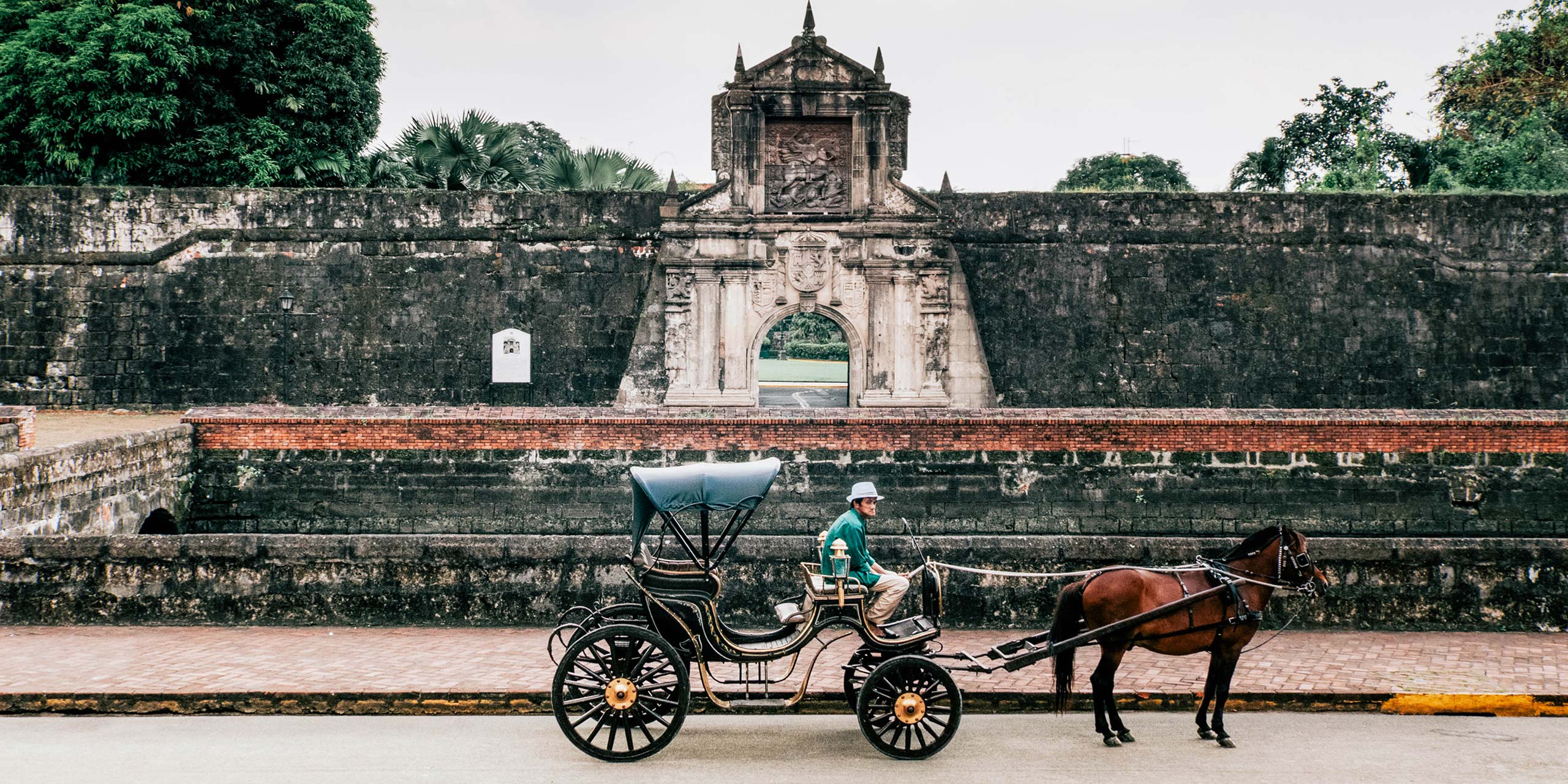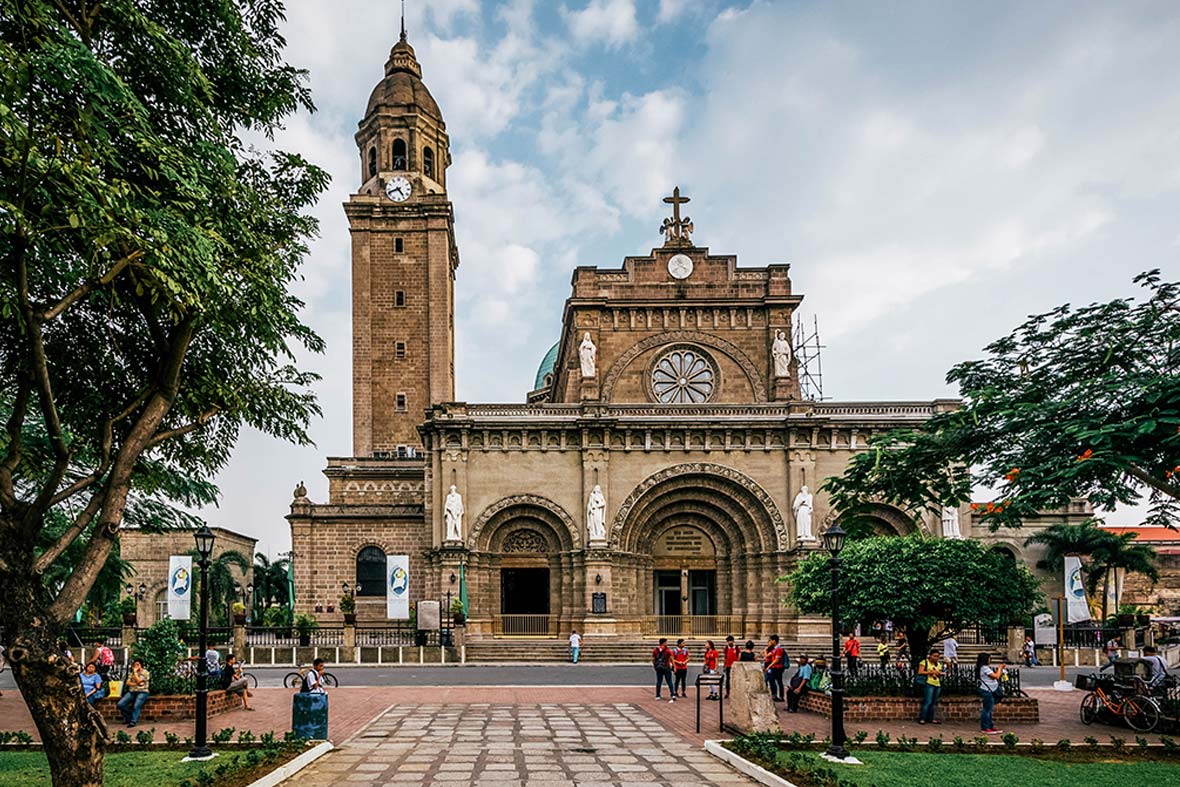
Manila can seem like a slow burner to those unfamiliar to its charms. The giant, chaotic capital of the Philippines suffers from a surfeit of concrete while its congested roads are frequently snarled with traffic. Those who dig a little, however, will find a far more rewarding city than first impressions might imply. Of interest is its rich and evocative history forged through a combination of colonisation by Spain and the US and frequently turbulent independence.
Manila’s Historic Heart


It would be a stretch to call Manila a great beauty. However, pockets of levity do exist amidst the urban sprawl. The most attractive part of the city is Intramuros, its historic core, which is surrounded by a nearly three-mile-long circuit of massive stone walls and fortifications built by the Spanish. These imposing barriers have withstood successive waves of colonial invaders as well as natural disasters and wars. Therefore, it is hardly surprising that the streets they enclose feel somewhat protected from the ravages that blight less refined parts of Metro Manila. The best way to experience the quarter is by plotting its cobbled streets by foot – although horse-drawn carriages are also available for incentive groups through several operators. Highlights of Intramuros include the twin religious totems of Manila Cathedral, the 8th reincarnation of the city’s first cathedral, and the baroque San Agustin Church. Built between 1587 and 1606, the latter is the oldest church in the country and was the only building left intact after the destruction of Intramuros during the Battle of Manila in WWII. The church has been designated as a World Heritage Site by UNESCO.
A Walk in the Park

A tropical oasis in a city that isn’t blessed with a plethora of green spaces, Rizal Park is beloved of Manilenos both young and old. As well as being a necessary green lung where locals come to stroll, play sport, and enjoy picnics, the park is a key historic sight in Manila. Indeed, many argue that it was the public execution of freedom fighter Jose Rizal in the park in 1896 that provided the spark for the Philippine Revolution, which eventually brought an end to over three centuries of Spanish rule. The Rizal Monument in the park pays testimony to his continued significance, while other heritage highlights include the National Museum and a parade ground where Philippine presidents address the crowds.
Formidable Fort

Located at the northern periphery of Intramuros, where the old walled city meets the entrance to the Pasig River, Fort Santiago is arguably the premier historic attraction in Manila. The citadel, which was built by the Spanish in the late 16th century as the powerbase where they wielded their might over the country, is most famous for its prison. It was here that Jose Rizal was incarcerated before being executed in Rizal Park. The dungeons continued to be used by the Japanese during World War 2 before Manila was razed by US bombing. Following the war, the old citadel was restored. Its grounds are now a beautifully manicured green oasis, while the Rizal Shrine Museum contains fascinating displays of Rizal memorabilia.
